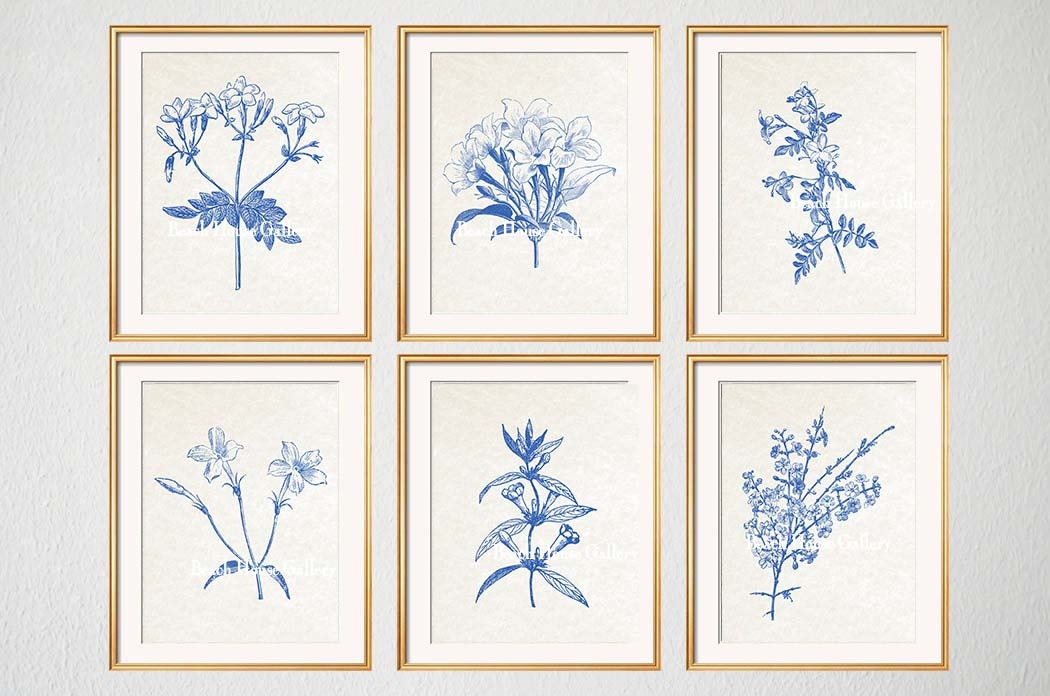
As Eiffel himself explains: "All the cutting force of the wind passes into the interior of the leading edge uprights. The curvature of the uprights is mathematically determined to offer the most efficient wind resistance possible. In the end the project was simplified, but certain elements such as the large arches at the base were retained, which in part give it its very characteristic appearance. Sauvestre proposed stonework pedestals to dress the legs, monumental arches to link the columns and the first level, large glass-walled halls on each level, a bulb-shaped design for the top and various other ornamental features to decorate the whole of the structure. In order to make the project more acceptable to public opinion, Nouguier and Koechlin commissioned the architect Stephen Sauvestre to work on the project's appearance. On SeptemEiffel registered a patent "for a new configuration allowing the construction of metal supports and pylons capable of exceeding a height of 300 metres". The tower project was a bold extension of this principle up to a height of 300 metres - equivalent to the symbolic figure of 1000 feet. It was to be designed like a large pylon with four columns of lattice work girders, separated at the base and coming together at the top, and joined to each other by more metal girders at regular intervals. Selected from among 107 projects, it was that of Gustave Eiffel, an entrepreneur, Maurice Koechlin and Emile Nouguier, both engineers, and Stephen Sauvestre, an architect, that was accepted.Įmile Nouguier and Maurice Koechlin, the two chief engineers in Eiffel's company, had the idea for a very tall tower in June 1884.

The wager was to " study the possibility of erecting an iron tower on the Champ-de-Mars with a square base, 125 metres across and 300 metres tall".

The plan to build a tower 300 metres high was conceived as part of preparations for the World's Fair of 1889.īolting the joint of two crossbowmen.(c): Collection Tour Eiffel


 0 kommentar(er)
0 kommentar(er)
